A sunny day makes exploring National Trust properties much nicer, and I had some sunshine when I visited Lytes Cary in Somerset in mid-September. Lytes Cary is a manor house with a chapel and gardens, and the manor dates from the 14th century (although it has had parts added to it throughout the centuries). The chapel was constructed in the mid-1300s. The name of the property comes from the Lyte family who lived at the manor house for over four centuries, and 'Cary' is the name of the river.

The Great Hall at the manor was added in the 15th century, and renovations restored the house in following centuries after it was leased to farm tenants. In 1907, Walter Jenner purchased the house and restored it with 17th and 18th century furniture, tapestries, and paintings. Many of the rooms were used to store farm equipment and barrels of alcohol. The house was left to the National Trust in 1948.


A small "chapel" room in the manor house backs onto the entrance of the chapel, and a small window here permits servants and others to observe communion from the house.
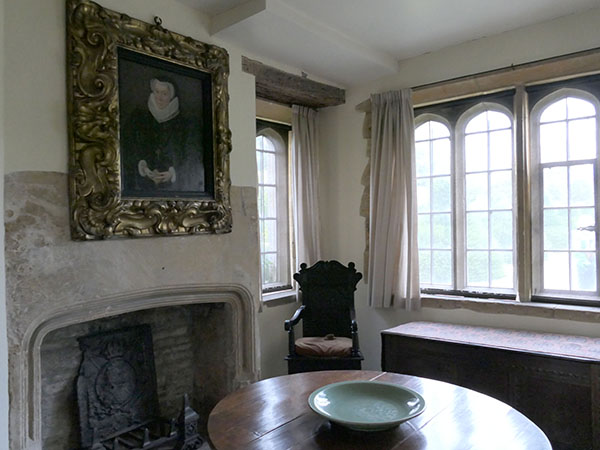
The chapel can be entered once you have exited the house.
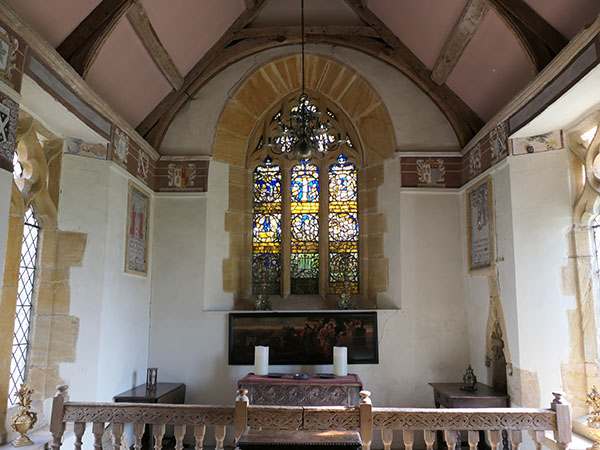
The Parlour was restored with wood paneling.

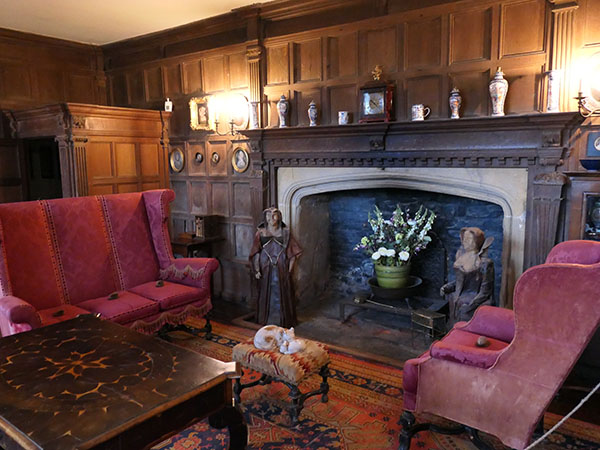
In the Great Chamber, the ceiling has plaster decoration with the family coats of arms. The wall displays the royal coat of arms and Tudor roses, symbolising loyalty to Henry VIII.

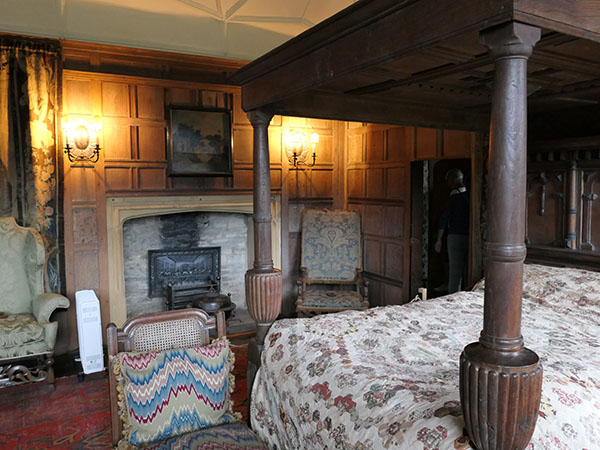
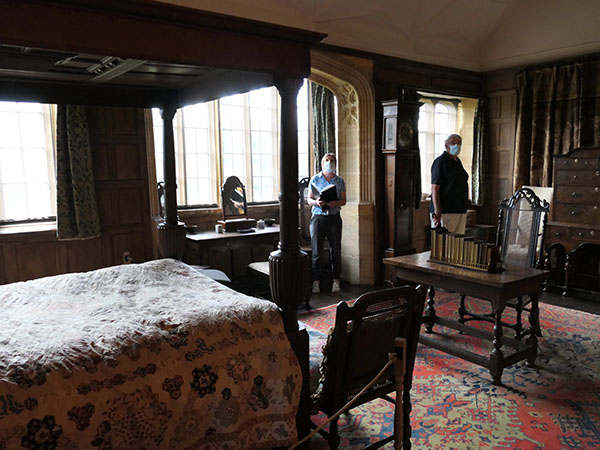
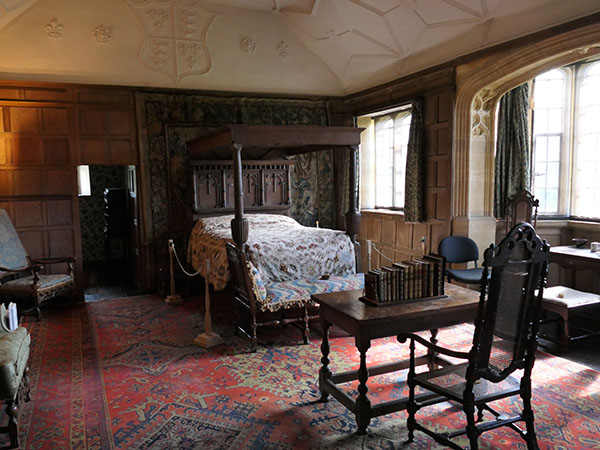
A little room off the Great Chamber contained a "campaign bed", also known as "knockdown furniture". These items could easily be folded up and transported, and they were used primarily for traveling armies and date from Roman times (or before). The owners wanted to retain the sense of luxury. The room itself is so tiny, and I couldn't get a great photograph of the bed, but the room is only large enough for a single bed.
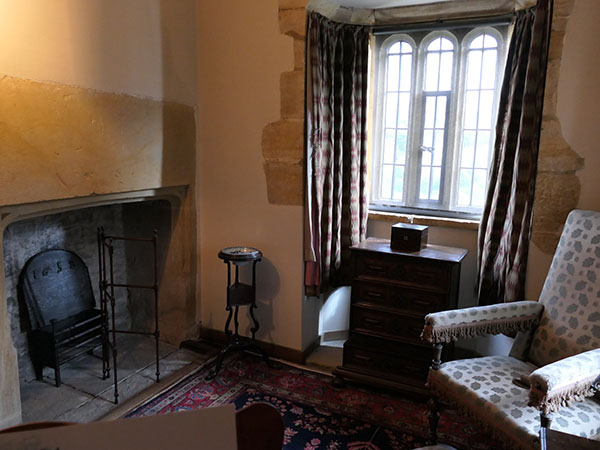
Another bedroom contained red wallpaper and four-posted bed.
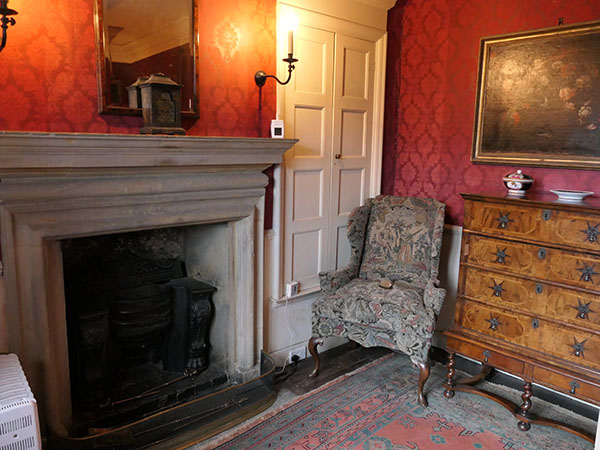

The 17th century gardens had disappeared by the time that Jenner purchased the house, and there is record of a varied orchard. New gardens were constructed with an Arts and Crafts design. The gardens were laid out in a series of 'rooms', and these 'rooms' are separated by hedging. An orchard makes up one of the 'rooms', and another 'room' features a fountain.
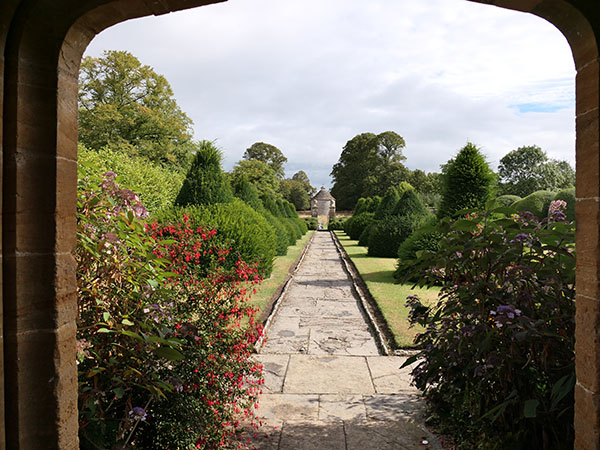
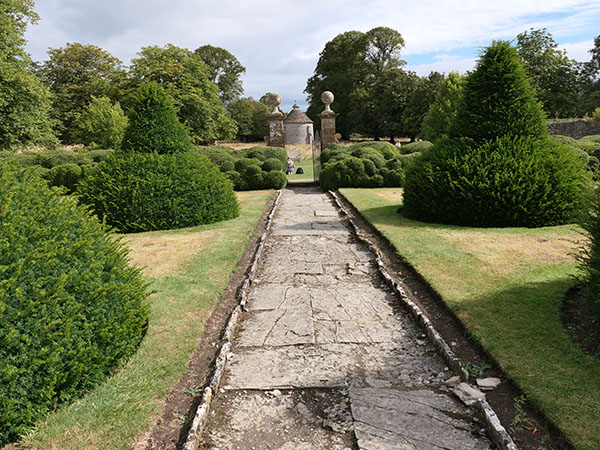

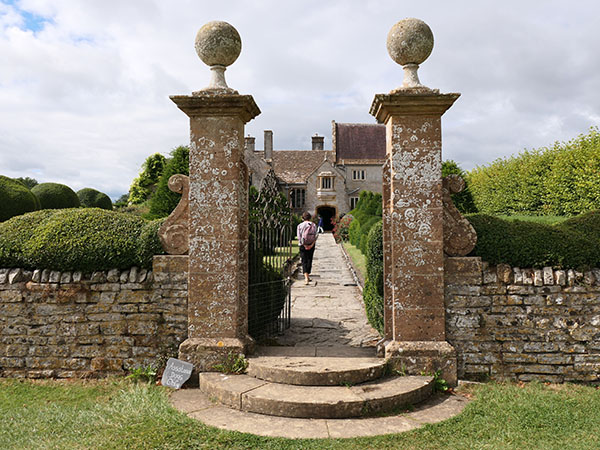
The garden at the front of the house is called 'Apostle Garden' after twelve trees planted; the twelve trees were planted over 100 years ago. This garden, when looking from the house, leads to a 'water tower' feature beyond the gate, but the 'water tower' was actually built to imitate a dovecote.
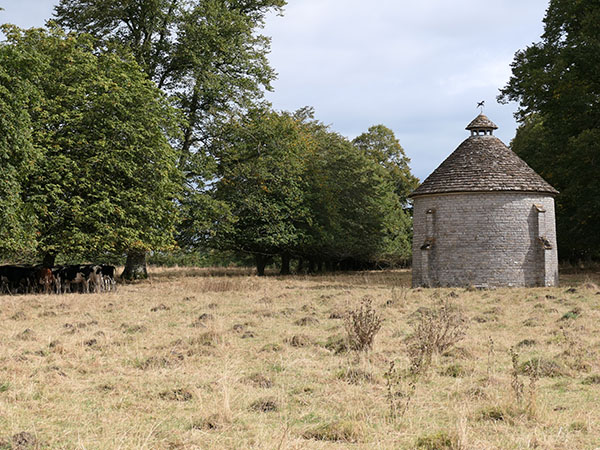
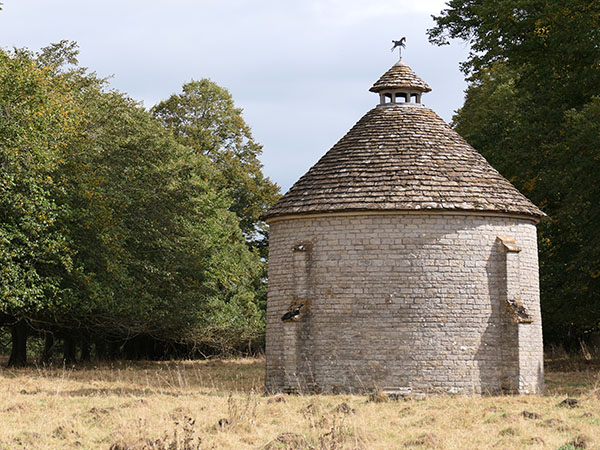
There are lovely views around the gardens.


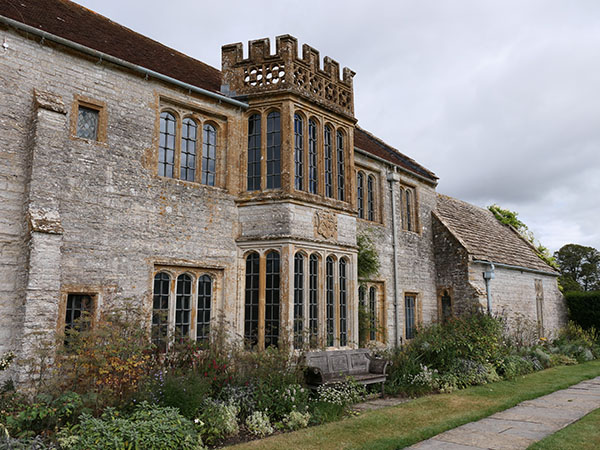
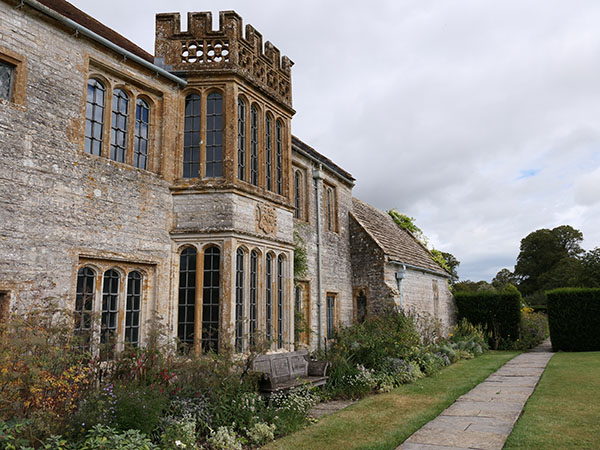
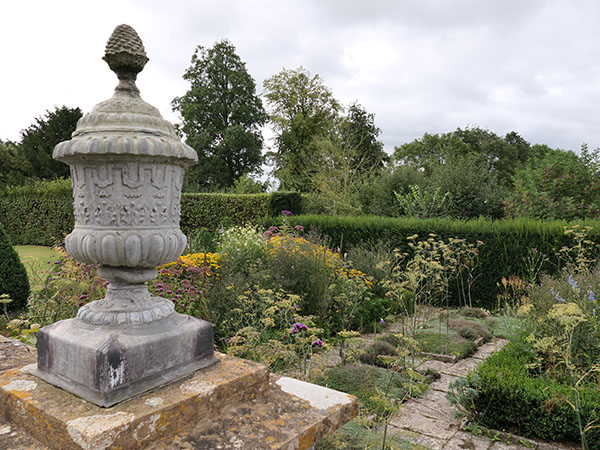
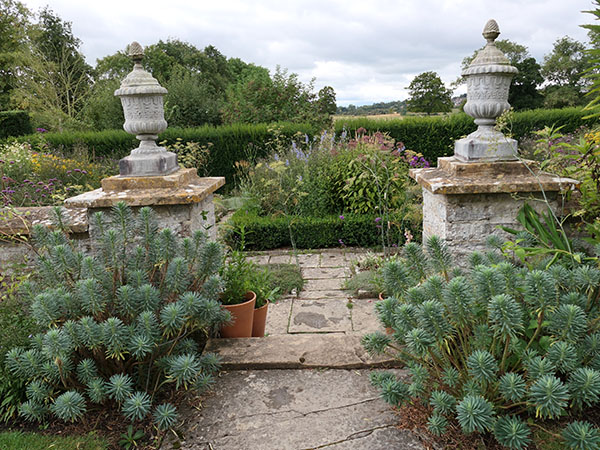
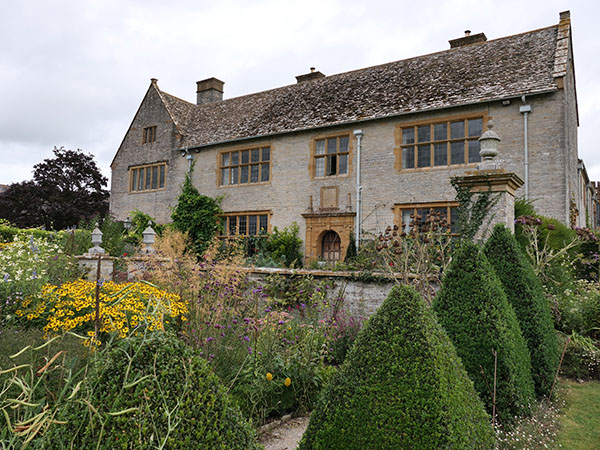
The parkland around the house was the site of a deserted medieval settlement.
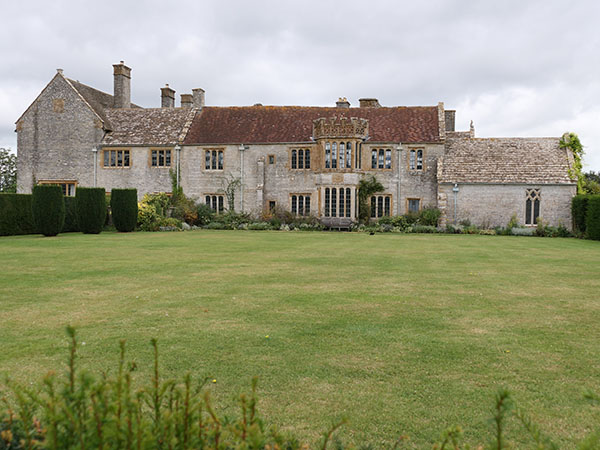
I enjoyed my visit to Lytes Cary and found it to be a nice property to visit with several different picturesque views.
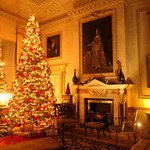
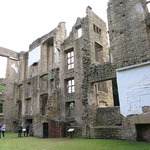
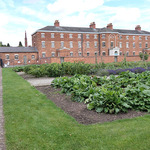
Leave a comment